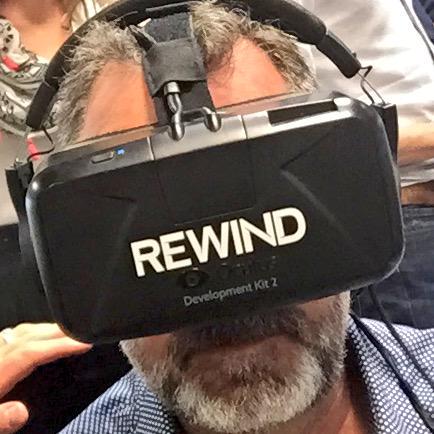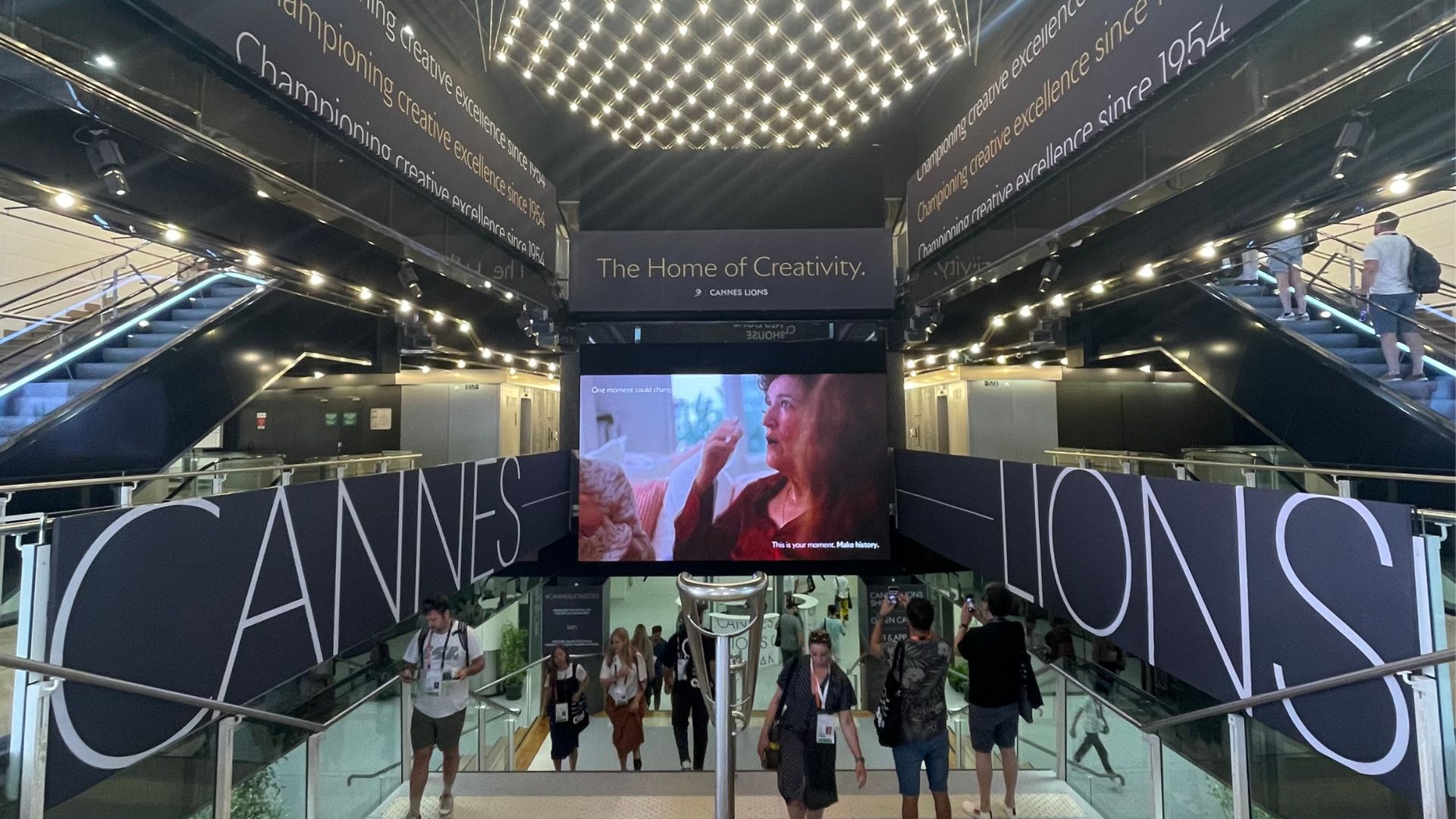
David Gallagher, Ketchum Senior Partner, CEO, Europe
When Facebook recently rolled out 360-degree video capabilities on the platform, it was a reminder that Virtual Reality (VR) headsets are set to be in consumer hands in 2016. This industry has been forecasted by Digi-Capital to surpass $30 billion in revenue by 2020. So, how can/will the communications profession embrace and inevitably utilize this technology?
Here are five insights that I have gleaned through research and attending a number of talks by key players in this exciting new industry.
Virtual Reality is very different from Augmented Reality.
Many people are talking about these in the same breath, yet their purposes are actually very different. Augmented Reality (AR) is where information is overlaid over a live view. For example, if a consumer was to hold their phone over an object like an apple, the nutritional information and other content about where to buy said apple will appear on the screen. AR will therefore be used in the same way current apps such as navigation are.
VR, on the other hand, is a completely immersive experience. One where you are surrounded by a screen that takes over your whole field of vision and can transport you to any world—real or fictional. An example of this would be putting a headset on and having the visual sensation of walking the Great Wall of China… or a rocky mountainside on Mars.
Innovations in VR technology will come fast.
Putting the typical speed of technological advancements in the 21st century aside, VR headsets are improving so rapidly that it is hard to predict where it will go in the next two months, let alone two years.
As a result, the most successful communicators will need to stay ahead of the curve on industry news. Advancements in recognition and motion sensor technologies, along with any sign of partnerships between VR companies and general tech brands, may help us key in on a path forward.
The novelty of it will pass. And that’s a good thing.
Currently brands can connect with consumers using VR as a novelty. An example would be, “try this headset on and be driven round a track in our car.” Once the novelty of the technology wears off, how will you ensure that consumers choose your brand over others doing the same?
As with social media, don’t sell. Focus on being a company that delivers exciting VR content with a clear benefit to the end user, all while making clear business sense. As an example, think of the benefits to a Nascar or F1 sponsor if a racing team offered the opportunity to put on a VR headset and be driven around a track by a racing superstar.
Another, perhaps more plausible, example of a business application would be a broker enabling a real estate buyer to walk-through a virtual London town house or New York City penthouse from anywhere in the world. Or how about a clothing retailer that allows users to browse the racks and, by tapping the headset, add items to their cart.
Creativity and storytelling will play an even bigger role.
It may be tempting to stick billboards or products into virtual environments, but it will be more beneficial to encourage meaningful interactions through engaging experiences.
A new age of the marketing mix is dawning, one where creativity will have no boundaries. VR developers want to innovate endlessly, and communicators that can embrace “the big idea” will be the most successful.
An exciting challenge will be promoting the benefits of putting on a headset and interacting with a particular brand when the consumer is not in front of a brand representative to prompt them. Capitalizing on the feel-good emotions these products will generate is a good place to start, and I believe campaigns providing virtual experiences to those who are unable to participate will rule the day. For example, allow people with disabilities the thrill of deep sea diving – or give soldiers abroad the opportunity to watch their childs’ school plays as if they were there.
VR will make the world a better place.
This new medium will give brands additional opportunities to create meaningful experiences that change attitudes. A lot of people think of VR for gaming and entertainment, but the applications will go far beyond that. Imagine its applications for rehab, psychology and education. Many VR directors and developers are already quoted as saying that they want to create, “an experience that allow a person to use a headset and come out with their attitudes changed.”
VR will present both huge opportunities and challenges for communications professionals (click to tweet). A camera will no longer be just a camera; it will be a window into the shared human experience. And marketers who develop a ground-floor expertise with the platform will see substantial benefits to their campaign results.


